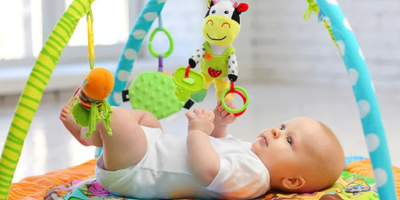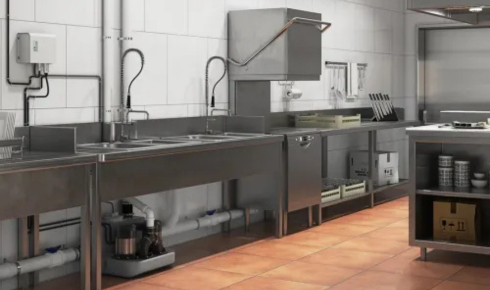As a new parent, ensuring your baby’s safety, comfort, and development is a top priority. One of the most essential items that support all three aspects is a play mat infant product. These mats are more than just soft surfaces—they serve as a vital space for tummy time, motor skill development, and sensory exploration. Whether you are furnishing your nursery or looking for the perfect gift, this guide will help you understand why play mats are a must-have and how to choose the best one for your baby.
What Is a Play Mat for Infants?
A play mat for infants is a cushioned surface designed to give babies a safe place to lie, roll, crawl, and play. These mats come in various designs—from simple foam tiles to interactive, colorful mats with arches and hanging toys. Some are foldable and portable, while others serve as permanent fixtures in a nursery.
The primary purpose of a play mat is to provide a clean, padded environment where babies can explore the world around them. Tummy time, a vital exercise recommended by pediatricians, becomes more enjoyable and safer with a soft play mat underneath.
Benefits of Using a Play Mat
1. Supports Developmental Milestones
Play mats encourage tummy time, which strengthens neck, shoulder, and arm muscles. Over time, these muscles support crawling and sitting up. Some mats even come with built-in toys that promote hand-eye coordination and sensory development.
2. Provides a Safe and Clean Space
Floor surfaces can harbor dirt, allergens, or be too hard for a delicate infant. A play mat offers a hygienic and cushioned alternative that protects babies from cold floors and minor bumps.
3. Stimulates Senses
Modern play mats feature textures, mirrors, lights, and music. These elements engage your baby’s senses and help with early cognitive development.
4. Portable and Convenient
Many play mats are lightweight, foldable, and washable, making them easy to carry when visiting friends or going on trips. They provide a familiar and safe space for your baby wherever you go.
Types of Play Mats
Choosing the right type of mat depends on your baby’s age, your lifestyle, and the space available in your home. Here are the common types:
- Foam Mats: These are usually made of interlocking tiles that you can arrange in different sizes and shapes. They’re great for larger areas and can double as toddler play spaces.
- Activity Gyms: These come with arches and dangling toys to encourage reaching and batting. Perfect for newborns and younger infants.
- Fabric Mats: Soft and often quilted, fabric mats are cozy and ideal for younger babies. They are also usually machine-washable.
- Eco-friendly Mats: Made from natural materials like organic cotton or rubber, these mats appeal to parents concerned about chemicals and sustainability.
What to Look for When Buying a Play Mat
- Safety First: Ensure the mat is BPA-free, non-toxic, and meets all safety standards.
- Easy to Clean: Babies can be messy. Look for mats that are either machine-washable or easy to wipe clean.
- Size and Portability: Choose a mat that fits your available space but can be easily folded and stored if needed.
- Interactive Features: Look for added features like textures, toys, or mirrors that can keep your infant engaged.
- Durability: A high-quality mat can last through babyhood and even into the toddler years.
Final Thoughts
Investing in a baby activity mat is more than just adding a piece of gear to your home—it’s about creating a secure and fun environment for your child to grow and explore. From improving muscle development to stimulating the senses, a good play mat can significantly contribute to your baby’s early development. Take time to compare different options, read reviews, and select one that suits both your baby’s needs and your lifestyle.




